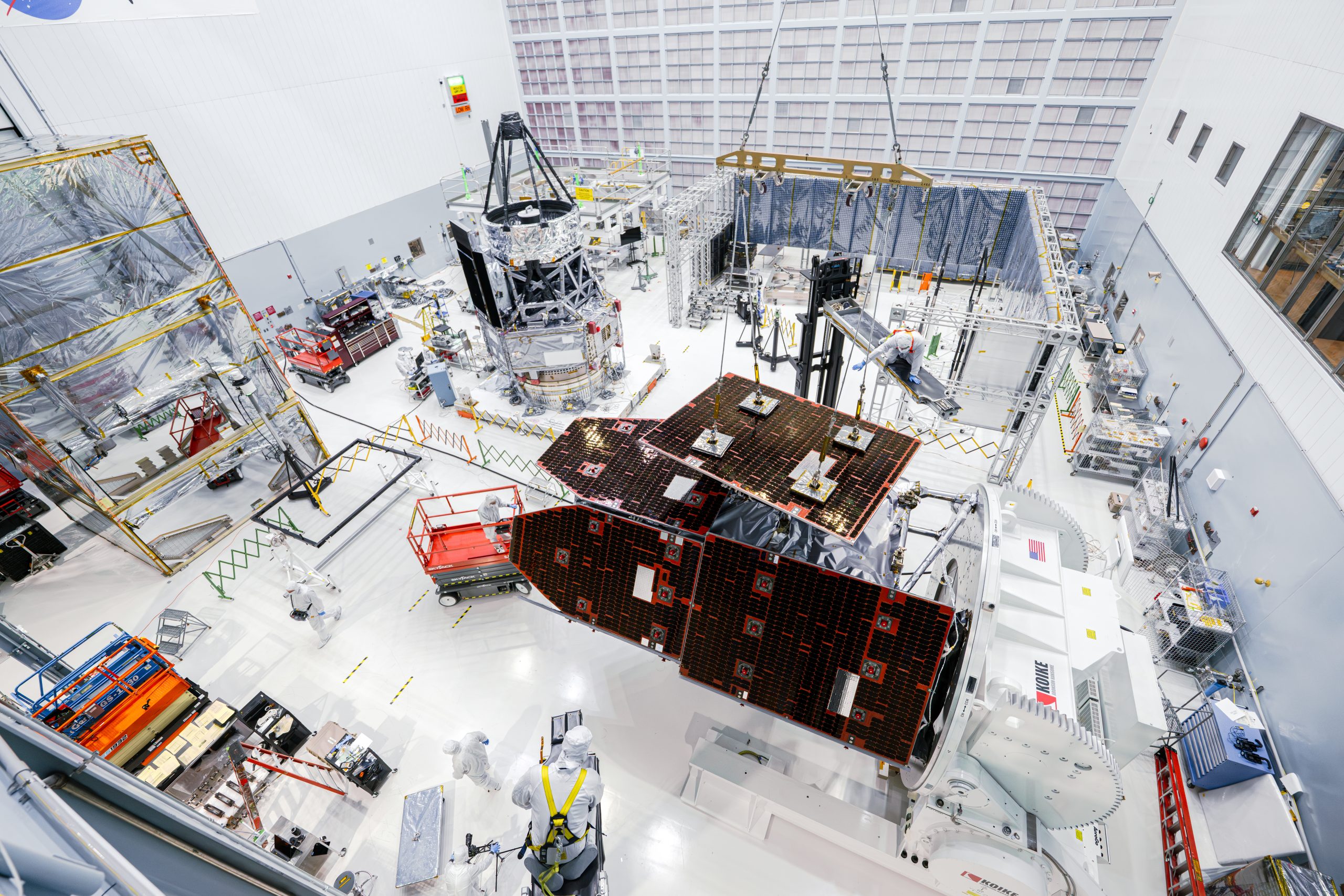Now Reading: Glenn Extreme Environments Rig (GEER): Advancing Research in High-Pressure Conditions
-
01
Glenn Extreme Environments Rig (GEER): Advancing Research in High-Pressure Conditions
Glenn Extreme Environments Rig (GEER): Advancing Research in High-Pressure Conditions

Rapid Summary
- NASA’s Glenn Extreme Environments Rig (GEER) simulates extreme environmental conditions, including Venus’s surface and atmosphere, at NASA’s Glenn Research center in Cleveland.
- GEER has supported multiple scientific research areas such as Venus weathering, geologic studies, chemical reactions, climate modeling, and lander mission capabilities.
- Operational achievements include over 6,600 testing hours simulating Venus conditions and publishing 42 academic outputs.
- Features include customizable test settings for pressure (up to 1365 PSI), temperature (up to 538°C), and gas composition control with precision levels at ppm accuracy. It also enables transfer of power/data for active experiments under simulated extreme conditions.
- Mini-GEER offers smaller-scale testing with reduced costs but similar atmospheric simulations up to pressures of 2706 PSI and temperatures of 510°C. Mini-GEER is particularly favorable for sensitive material analyses due to its compact size.
- GEER plays a vital role in technology growth such as creating electronics for extreme environments, gas mixture studies related to Venusian compositions, and supporting missions like Juno by reducing equipment risk for future planetary missions.
Indian Opinion Analysis
the GEER facility exemplifies how advancements in simulation technologies can drive planetary exploration while minimizing risks during actual missions. For India-with growing ambitions in space exploration as demonstrated by ISRO’s Chandrayaan and Mangalyaan projects-the potential use or replication of similar facilities could enhance mission planning considerably by enabling testing under harsh extraterrestrial environments before deployment.
Particularly relevant might potentially be its mechanisms for studying gas dynamics or material behaviors wich align closely with ISRO’s future interplanetary goals like planned Venus missions (“Shukrayaan”). collaboration opportunities with NASA or initiatives toward indigenous high-tech test chambers may position India advantageously on the global space exploration stage while progressively addressing technical challenges specific to unexplored terrains like high-pressure atmospheres or geological processes on other planets.
























